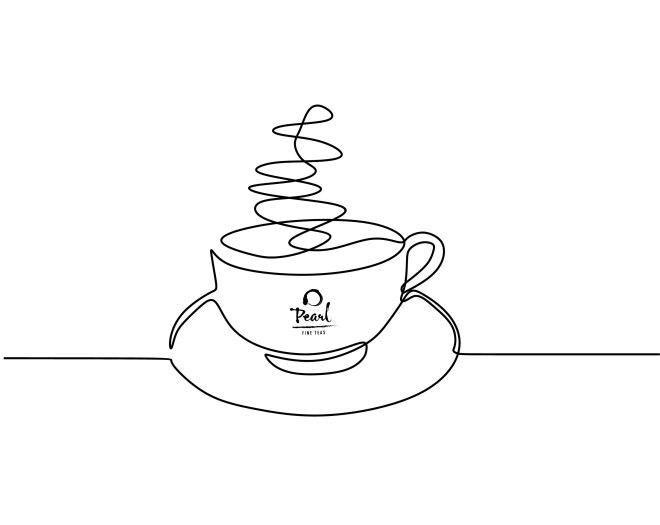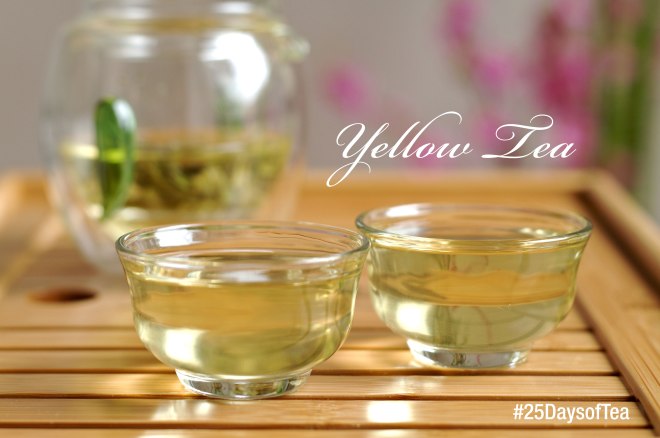
Hey there, it’s been a while…
… So, last weekend at one of my markets, a customer asked me what the difference was between steeping and brewing.
I’d written a past blog post about this before, but at that very moment all of a sudden I was under the control of a massive brain freeze and had a hard time defining it intelligently even though I knew the difference. I stumbled my way through the explanation with a lot of, “You know what I mean?” He assured me that he did and was very kind about my very long-winded explanation.
That got me thinking that it was time to jump back on to the TeaLove Blog (and why not start with this topic for 2020) with a very succinct definition of the differences:
- Brewing and Steeping are both pretty much of the same process.
- Brewing is the ACT of making tea, while Steeping is the PROCESS involved.
- Brewing the perfect cup of tea requires carefully Steeping loose tea leaves in fresh water that’s heated correctly.
Basically “To Steep” something means “to soak” and that’s what we do when make tea. We take leaves, often dried and add them to hot (or cold) water to soak and extract whats in them into water. Steeping is reserved for tea. You wouldn’t hear someone say they are steeping coffee.
BREWING A CUPPA
How does one go about this? First you need to gather the correct tools and ingredients: tea leaves, a vessel (pot, mug, cup), an infuser of some kind and really good water. (Water is as important as the tea you are about to make, but we’ll reserve the topic of water quality for a future post.)
STEEPING YOUR TEA
Here’s where you can make or break your cuppa. Though some consider steeping tea an art form, it’s really quite a simple process that begins the moment you pour hot (or cold) water over tea leaves. The temperature and length of time is dependent upon the type of tea you are making. I often use these guidelines for tea making and it’s on our packages to give people easy-to-follow tea-making instructions. That said, you can always play around with time and temperature to figure out what tastes best to your palate:
- White Tea: 170˚–175˚F (2–4 minutes)
- Green Tea: 140˚–175˚F (:45–2 minutes)
- Yellow Tea: 170˚–175˚F (2–3 minutes)
- Light Oolong Tea: 165˚–175˚F (:30–1 minute)
- Dark Oolong Tea: 180˚–185˚F (:45–2 minutes)
- Black Tea + Pu’erh: 200˚–205˚F (1–3 minutes)
- Rooibos + Herbals: 205˚–212˚F (3–5+ minutes)
Now that you are set with a good understanding you can go forth to brew and steep. The next important decision is: What tea will you choose? You can head on over to the Pearl Fine Teas website and likely find something splendid.
I’m armed with a Tippy Assam sample in my cup (that just arrived from India yesterday) and will steep this tea until it turns to water!
Happy 2020!
Happy Sipping!
~The Chief Leaf

 “Feeling gratitude and not expressing it
“Feeling gratitude and not expressing it
 The processing for yellow tea is similar to green but with an additional step added on after the initial drying and right before firing. That step is called “man huan” – where the leaves are steamed lightly, covered with a cloth and left to absorb additional sweet fragrances and flavors. In green tea processing there is something called “Killing the Green” – for yellow tea its known as “sealing the yellow” and is the key to defining and classifying a yellow tea. This unusual, additional step removes the grassy smell that is traditional of green teas. It also slows down the oxidation process so that it creates a lovely mellow taste and, of course, color. The oxidation range is around 10-20%.
The processing for yellow tea is similar to green but with an additional step added on after the initial drying and right before firing. That step is called “man huan” – where the leaves are steamed lightly, covered with a cloth and left to absorb additional sweet fragrances and flavors. In green tea processing there is something called “Killing the Green” – for yellow tea its known as “sealing the yellow” and is the key to defining and classifying a yellow tea. This unusual, additional step removes the grassy smell that is traditional of green teas. It also slows down the oxidation process so that it creates a lovely mellow taste and, of course, color. The oxidation range is around 10-20%.

 Tea merchants in London used the power of branding and marketing and changed the name to what is now known as ENGLISH Breakfast Tea which is how its most commonly known today.
Tea merchants in London used the power of branding and marketing and changed the name to what is now known as ENGLISH Breakfast Tea which is how its most commonly known today.


 CTC is machine processed and fully oxidized tea using whole leaves which are macerated and then rolled into little balls or pellets and oxidized. It makes for a very quick infusion. The end flavor of some CTCs can lack complexity and is often used for tea in bags, but not this one. There is a depth and complexity to it that also stays true to the traditional black tea flavor we’ve come to know and love.
CTC is machine processed and fully oxidized tea using whole leaves which are macerated and then rolled into little balls or pellets and oxidized. It makes for a very quick infusion. The end flavor of some CTCs can lack complexity and is often used for tea in bags, but not this one. There is a depth and complexity to it that also stays true to the traditional black tea flavor we’ve come to know and love.



You must be logged in to post a comment.